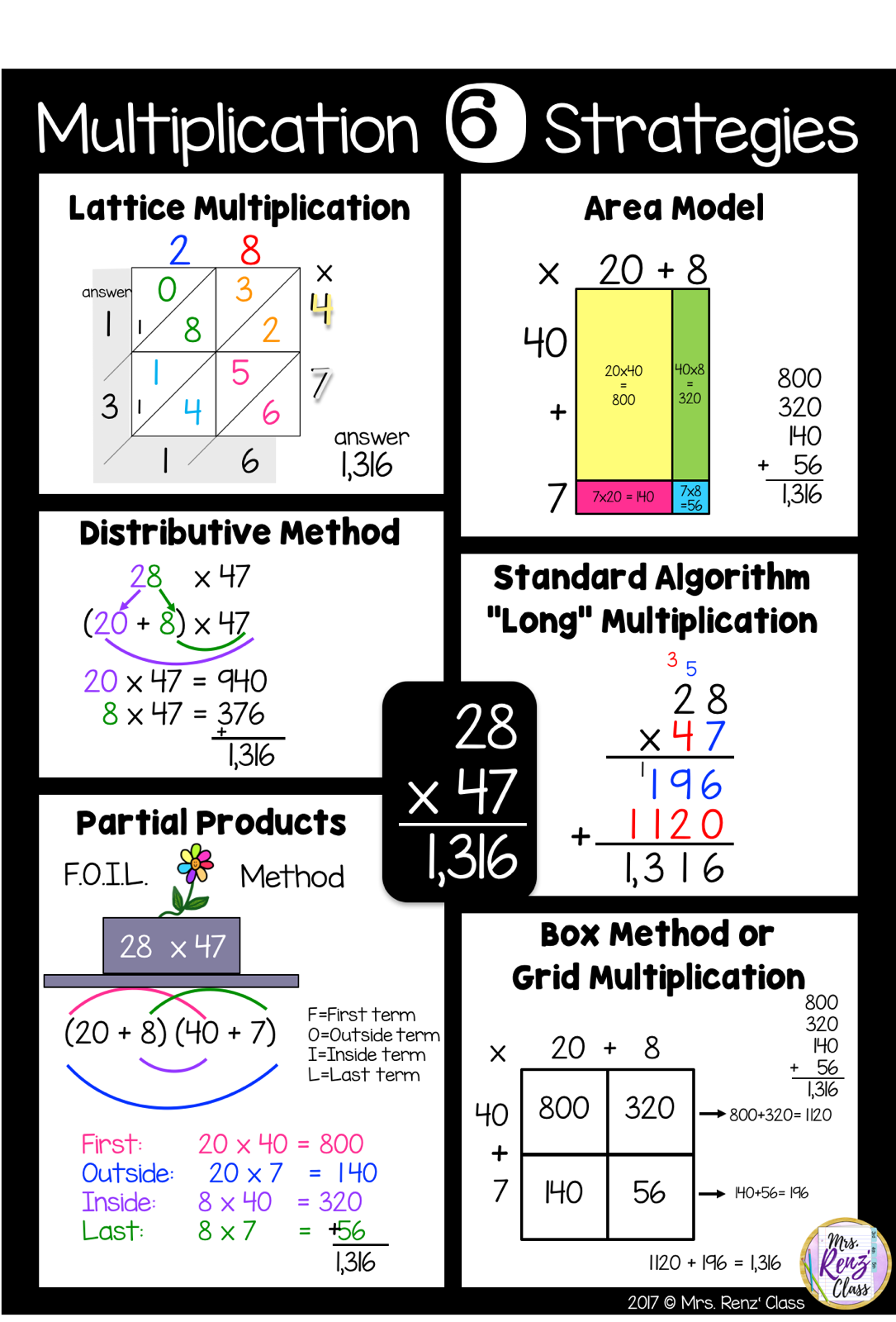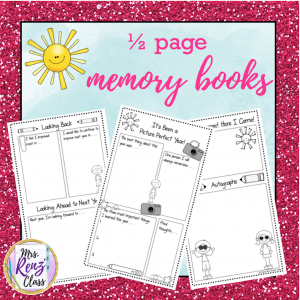“I’m done. What do I do now?” Have you ever heard this phrase? Better yet, have you heard this phrase during a guided reading group or math intervention group? Aargh!
One of the most important things you can do is to teach students what to do so you never have to hear that phrase.
Decide what works for you with the materials you have. Here’s what worked for me.
- Finish all Classwork.
This is huge for me. If you have unfinished work, you don’t have free time. Students who have unfinished work often end up taking it home as additional homework (and incentive to finish classwork during the allotted time). When students finish up their work early, I am happy to allow them to work on any unfinished work they may have. They are continuing to learn in the process, and less homework to take home, feeing up precious after school time. - Work on Homework.
I’ve had different systems. I’ve passed out homework on Mondays and it was due Friday and I’ve also passed it out Friday and homework is due the following Friday. Regardless, I allow students to work on their homework when they’re finished with the current assignment. I have found that this is a huge motivator because student’s have less to do when they get home after school, which means more free time with their families, sports, clubs, etc. - Learn a Mastery Club Challenge.
I can’t say how much Mastery club has saved my sanity over the years! Mastery Club is student directed and very open ended. Students get to choose from 86 challenges in 5 different subjects to further their knowledge base varying from name the 7 continents, name 15 mammals, score 100% on a grade level addition test, etc. I allow students to learn and study and challenge that interests them and work in any order they choose. Students love choice. I also allow students to suggest personal challenges. My personal favorite is the addition of the hall of fame. When students mastered 16 challenges, they received their name on the hall of fame wall. I kept mine posted all while I taught 4th grade (it even made the move as I changed schools within my district). This was a fabulous motivator as students loved to come back to my classroom year after year to see how they continued to rank on the hall of fame wall.
Hint: You can get the whole Mastery Club unit ready to print and go unit here!

- Read Independently
Encourage independent reading! It doesn’t matter what book, picture, kids magazine, novel, etc. As long as students are reading, I’m one happy teacher! I also think it’s important to have a robust classroom library, because it makes picking out a book that much easier. To start collecting books, check around at local garage sales, they are a very affordable place to pick up books. I have often been able to get books for a quarter or less. If you do book club orders, that’s another great way to build class sets of novels and books for your library. Use your book order points. I used Scholastic, Troll, and Lucky Book Clubs to build my library. Another way to encourage independent reading is to bring in fun seating for reading. Bring in camping chairs, a reading bench, carpet rectangle samples, and other fun spaces to allow students choice of reading location. - Practice Math Facts
When students are finished with work early, I love encouraging additional math fact mastery. I use a variety of instructional techniques. I find that flash cards, math “coloring” projects, and just plain and simple math worksheets are one of the most effective ways, but they have to be FUN for older kids to actually use them. For online practice, I like Xtra Math. It’s a free online math program where the teacher creates a classroom account for each student that allows them to practice their basic math facts online. Then students log onto their individual account and do customized multiplication practice. Best of all, the teacher and parents get a summary of the child’s progress. Students can log on from home, too, so parents are happy to encourage math practice.
Hint: If you’re looking for flash cards that kids think are “cool” check these out that encourage addition and subtraction fact mastery, and multiplication and division.
Hint: If you’re looking for coloring sheets that reinforce math multiples, check these out here.


- Play an Educational Game Online
I love when kids are learning without realizing it. I have found that my students LOVE to play online games. I have compiled a list of student friendly websites and games sorted by subject ranging from math, science, social studies, and beyond. The best part, it’s all FREE!
Hint: For the full list of FREE online student friendly educational games, click here.

- Organize your Desk (quietly!)
We all know there are two types of students. Those who keep their desk immaculate, and those who have stacks on stacks of paper, pencils, and books crammed in their desk where the lid barely closes. For some students, getting time to clean out their desk and organize is great motivation, for others, well…you get the hint. This one is hit or miss. - Help a Classmate
I allow students to buddy up when they are finished to help coach a friend through the remainder of their work. The key here is coach. I make sure that students know they are not doing the work for the friend but assisting them and answering their questions. I find it helpful to have these helpful students sit at the front of the classroom as designated student ambassadors. When students have questions they need assistance with they can approach the ambassador, and if the ambassador is unable to assist, students can then come see me. This helps free up my time as well. I find this helps foster friendships and develop leadership qualities within my students.


- Mastery Club Yearlong Program for Fast Finishers
- Triangle “Spinner” Flash Card Bundle (all 4 Operations)
- Math Art Multiples Coloring Worksheet Bundle of 8 Products


























































